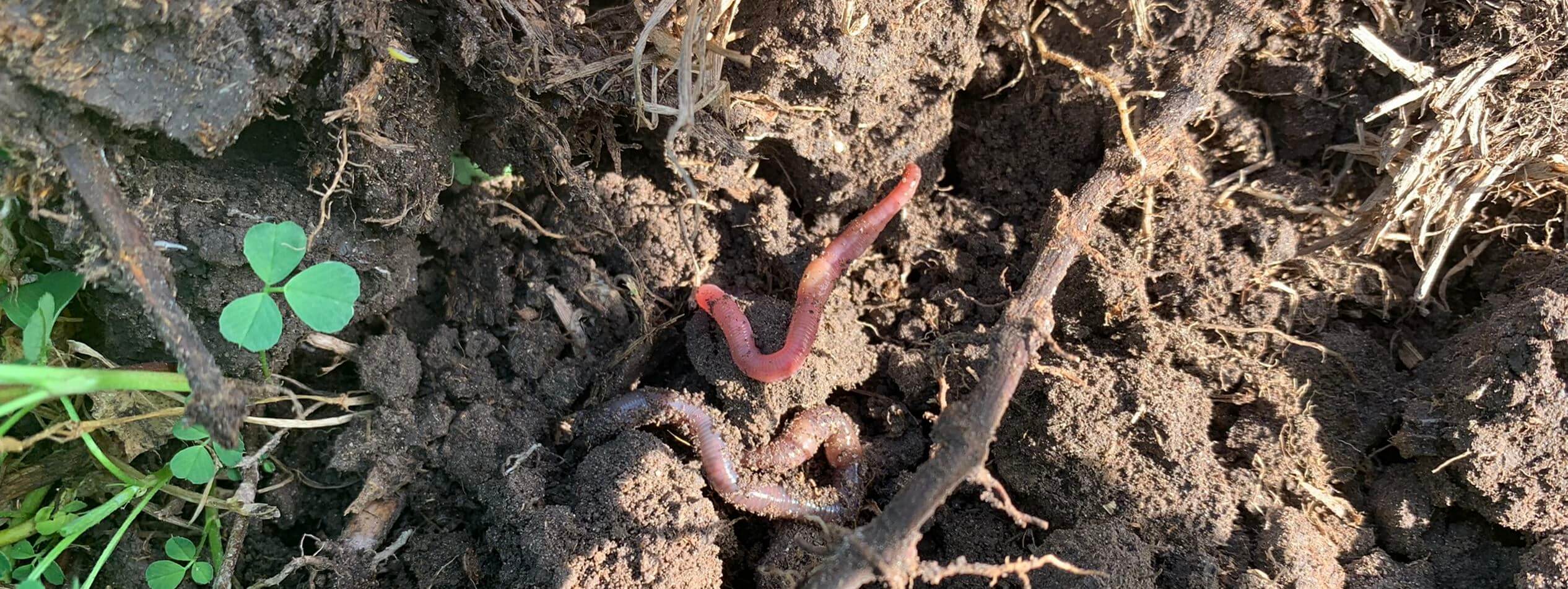The sustainable agriculture challenge
Phillip Terblanche, who started Trace & Save, often reminds us of why he became passionate about measured sustainable agriculture. He had been working with dairy farmers for many years. Assisting them to farm in a more sustainable manner. The trend he observed was that farmers would often make a lot of progress in terms of more sustainable practices. The problem is that they would then revert to old, conventional practices, because of the perceived short-term benefit they hold.
Tillage
An example of this is tilling the soil. If you till a soil which has been built-up, especially in terms of soil carbon, you will get a huge response that first year it is tilled. This could reinforce the idea that tillage is a great practice. The problem is that you will be mining the soil, taking advantage of all the hard work that went into regenerating it in the first place. You will be back at square one, with two alternatives. Keep tilling to get a growth response. Although this is not sustainable, as this response will anyway decline over time as the soil degrades. Alternatively, start the process of restoring the soil all over again.
I would challenge any farmer that desires to improve their farm to think about the “why” behind the regenerative agriculture approach.
Fertilisers
Another example is the excessive use of chemical fertilisers. The healthier a soil is, the greater response you will get, in the short-term, to chemical fertiliser applications. The problem, once again, is that you are taking advantage of a regenerated soil. In the process you are reverting your soil back to a degraded one.
Pesticides
The use of herbicides is beneficial in controlling weeds, and ensuring the survival and productive growth of the desired crops. The problem is the negative long-term effect of these herbicides. These effects are not only on the soil, but also to fresh-water resources. As much as the herbicides help now, they create greater issues for the long-term success of agriculture. They especially harm any attempt to become independent of these expensive and harmful chemicals.
Why the end goal matters
Phillip recognised that in order to encourage and support farmers to continue building towards the goal of regenerative farms, and healthier soils, we would need to show farmers this progress in a measured manner. Hence one of the measurable components of the Trace & Save system, yearly soil health testing.
I would challenge any farmer that desires to improve their farm to think about the “why” behind the regenerative agriculture approach. What is the prize? I believe there are two main why’s:
- The regenerative approach aims to restore the health of soil so that it might be able to support productive crop growth without the need for excessive agro-chemicals. Rather relying on natural ecological processes such as nutrient cycling, pest control, disease suppression, drought tolerance and crop resilience. This makes a farmer not only more environmentally friendly, but also more profitable.
- The regenerative approach aims to restore soils to a healthy state which forms part of a healthy agro-ecosystem, thereby reducing the environmental impact of agriculture. This will allow the soil, and therefore agriculture, to sustain food security for future generations.
I encourage farmers to keep this prize, this end goal, in mind whenever they decide on management practices. There are many things that can help in the short-term but will damage the long-term goals of regenerative agriculture.
The prize is not easily achieved and will take continuous effort to work towards regenerative agricultural systems. Instead of being a challenge, I think we should rather see this as an opportunity and inspiration. Don’t get distracted by harmful, short-term beneficial practices, keep your eye on the prize!
- A carbon footprint assessment for pasture-based dairy farming systems in South Africa - 2024-02-07
- What progress have farms participating with Trace & Save made over the past 10 years? - 2023-09-06
- Carbon footprint reduction over time: Lessons from pasture-based dairy farms in South Africa - 2023-09-04

